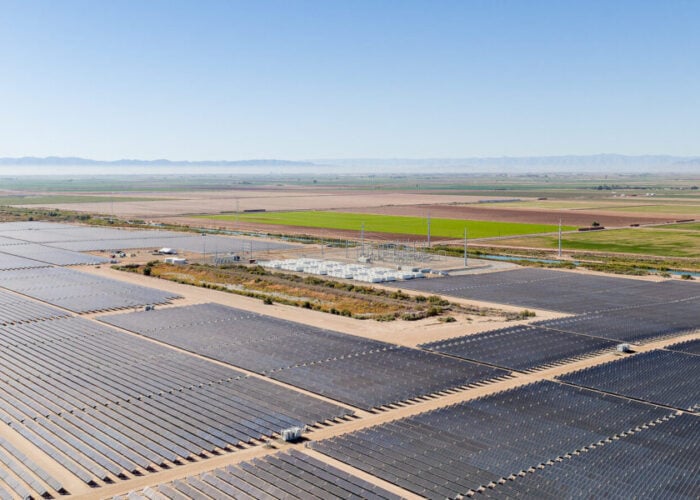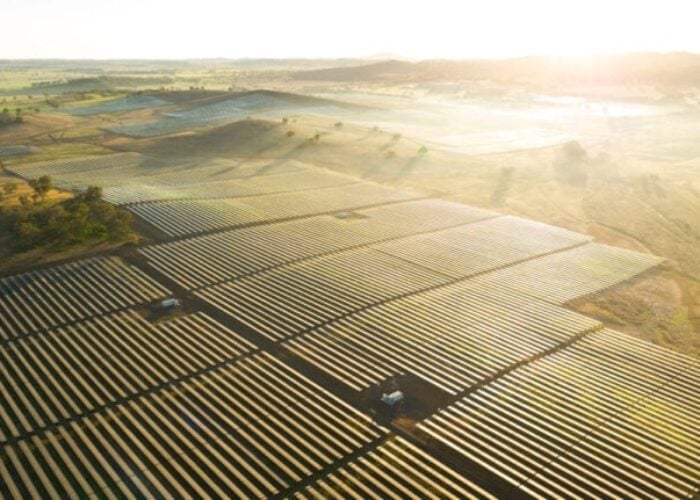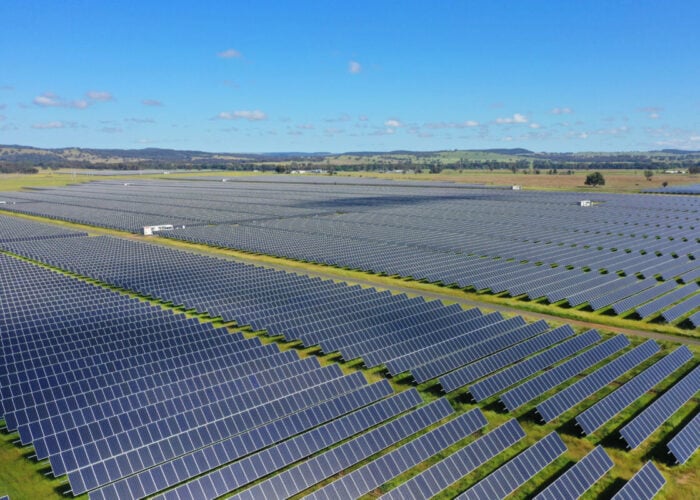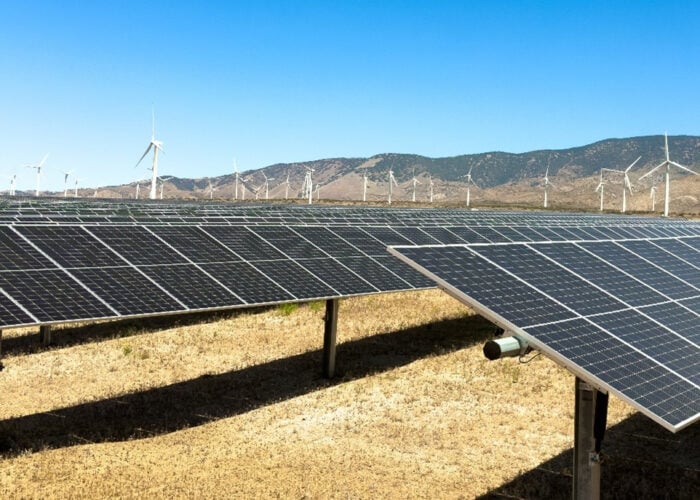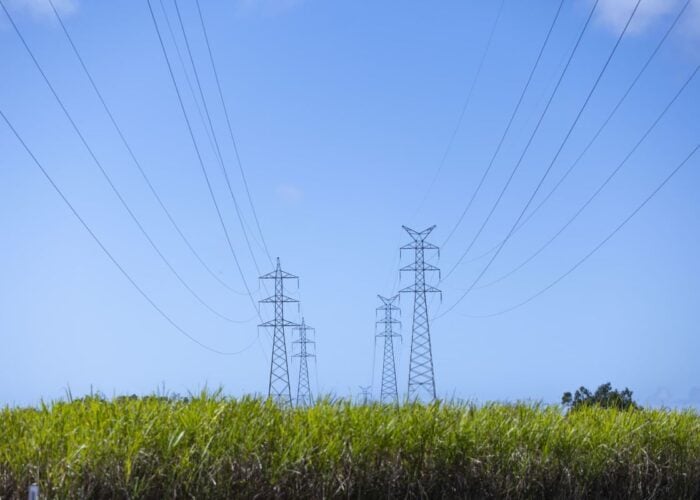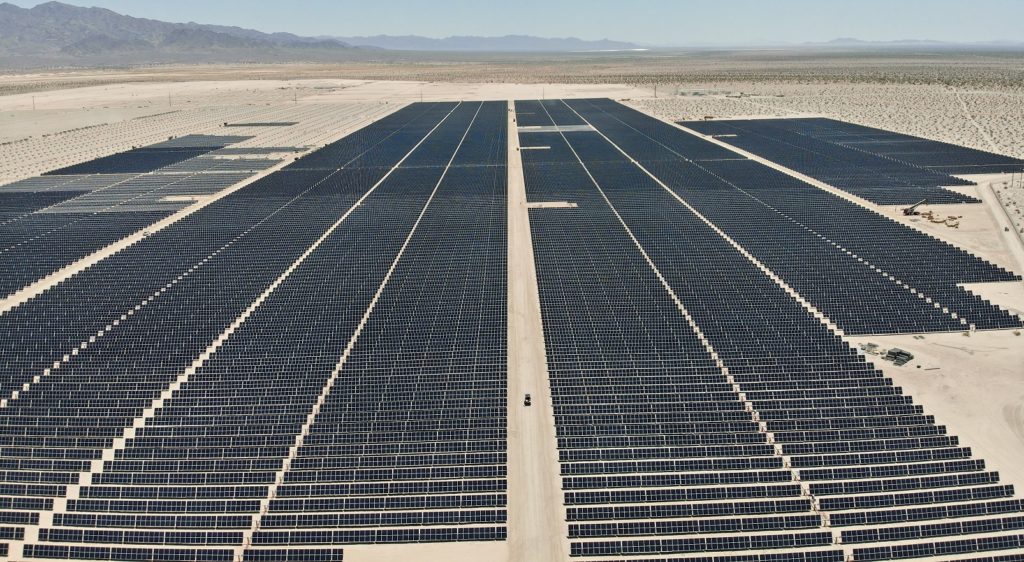
California’s grid operator has green-lighted a new plan to upgrade and expand the state’s transmission system as more renewables come online amid increased electrification.
Approved by the California Independent System Operator (CAISO) last week, the 2021-2022 plan identified 23 projects, estimated to cost $2.9 billion, for system expansions, upgrades and reinforcements needed for reliability and to meet the state’s clean-energy targets for the next ten years.
Unlock unlimited access for 12 whole months of distinctive global analysis
Photovoltaics International is now included.
- Regular insight and analysis of the industry’s biggest developments
- In-depth interviews with the industry’s leading figures
- Unlimited digital access to the PV Tech Power journal catalogue
- Unlimited digital access to the Photovoltaics International journal catalogue
- Access to more than 1,000 technical papers
- Discounts on Solar Media’s portfolio of events, in-person and virtual
With California aiming to transition to a carbon-free power sector by 2045, the need for new generation over the next ten years has escalated rapidly, driving an accelerated pace for new transmission development in this and future planning cycles, CAISO said.
While last year’s plan was based on projections that about 1GW of new resources would be needed annually over the following ten years, the new roadmap is based on adding about 2.7GW per annum. The next plan, meanwhile, is currently projected to assume a requirement of more than 4GW of new resources per year.
Faster resource development over the next decade is driven by factors such as the escalating need to decarbonise the electricity grid because of “emerging climate change impacts” and the expected electrification of transportation and other carbon-emitting industries, CAISO said.
In addition, more resources will be needed in California because of concerns regarding reduced access to opportunity imports as neighbouring systems also decarbonise and greater than anticipated impacts of peak loads shifting to later in the day when solar resources are unavailable.
These resource requirements, on the path to total grid decarbonisation, will demand increased volumes of solar PV and battery storage alongside greater roles for geothermal, new out-of-state renewables and offshore wind generation, according to CAISO.
The grid operator said the transmission systems will “need to be expanded, upgraded and reinforced to access and integrate these resources, as well accommodate the expected resurgence in electricity consumption as transportation and other industries electrify to reduce their carbon impact”.
Publication of the latest strategy comes after the California Public Utilities Commission approved plans last month that will see the state add almost 19GW of utility-scale solar and 15GW of battery energy storage systems by 2032.
Annual solar PV additions in California declined to 3,640MW last year, according to new research from the Solar Energy Industries Association and Wood Mackenzie, which revealed that Texas, with more than 6GW, was the top-ranked state for solar deployment in 2021, thanks to a strong year for its utility-scale segment.

